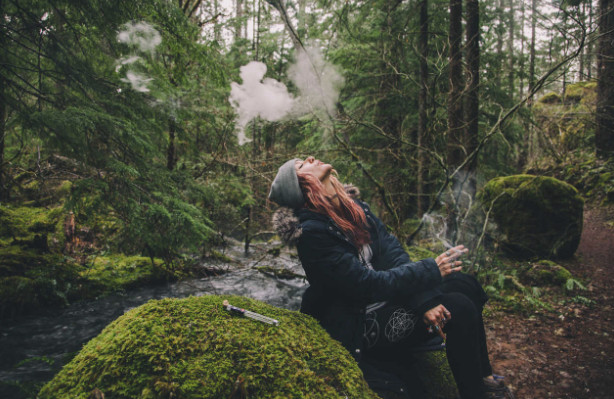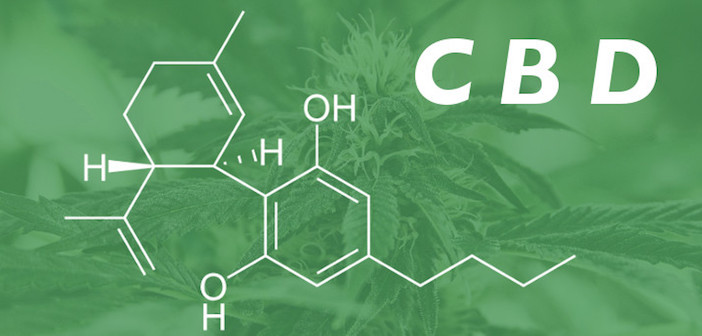If you discover a present from your past self in the form of some green goddess (we’re not talking salad dressing), should you light up? The short answer: as long as it’s not moldy, it will not be your final act. But it probably won’t deliver the greatest hit either, depending on how long it’s been since it passed its prime.
If you’ve checked your surprise stash and none of the aforementioned red flags jump out, then your broccoli likely poses no health risk beyond those found in even the freshest of buds. Like other greens in your kitchen (that one jar of dried bay leaves you bought eons ago for one specific recipe), the herb doesn’t necessarily go bad, but its chemical makeup shifts from its original potency.
The Science Behind Your Degraded Devil’s Lettuce
When it comes to weed’s steadily diminishing returns, the first thing to go are terpenes or the volatile flavor compounds that give marijuana that exquisite blend of lemon and skunk. Terpenes come in different sizes, and smaller molecules like lemon or pine evaporate more quickly than larger ones like nerolidol, a sesquiterpene found in ginger and lavender. In short, your home science experiment might not quite taste the same.
Not to fret — the active cannabinoid that gets you high, THC, takes longer to dissipate. Depending on your method of containment, your weed may be at various levels of dank. If left in a not-quite-zipped baggie or exposed to the sun, the THCA in your leaves may have transformed to THC, which then converts to CBN, a less potent cannabinoid. Light especially will speed up this molecular breakdown.
All due deference to the traditional ziplock baggie, but if preservation is a concern you might want to stock up on some mason jars instead and keep your weed in a cool, dark place. Your future self — in whatever state that particular self happens to be — will thank you.
Credit: inverse.com



